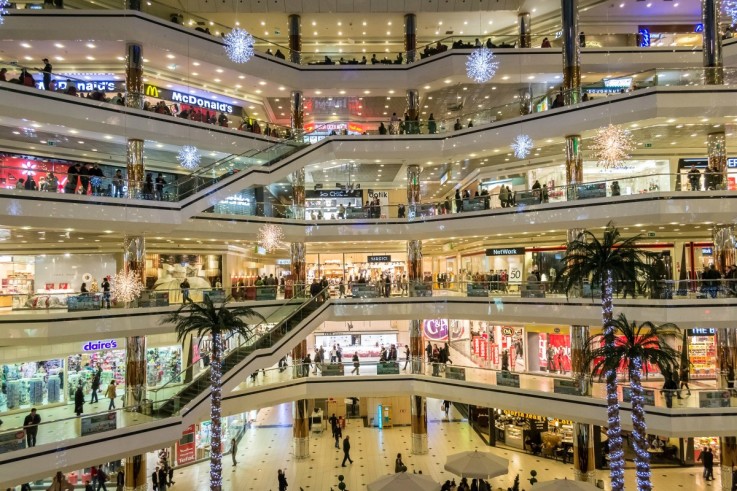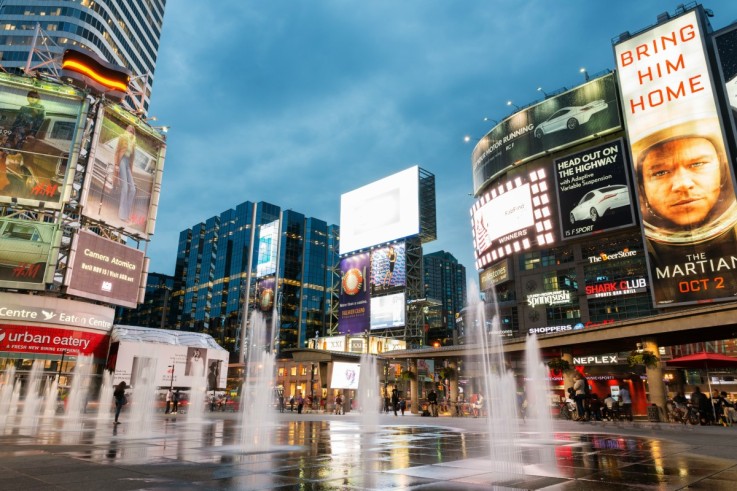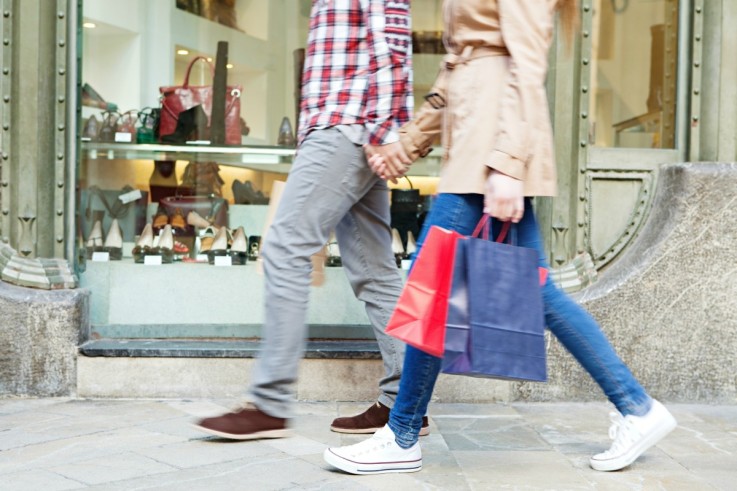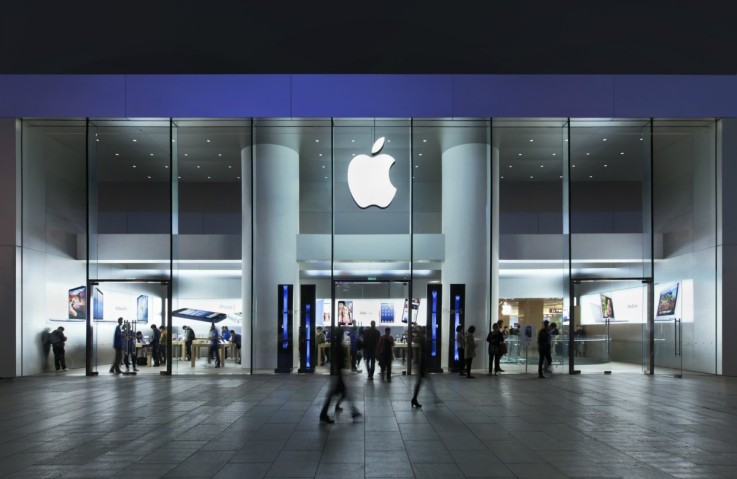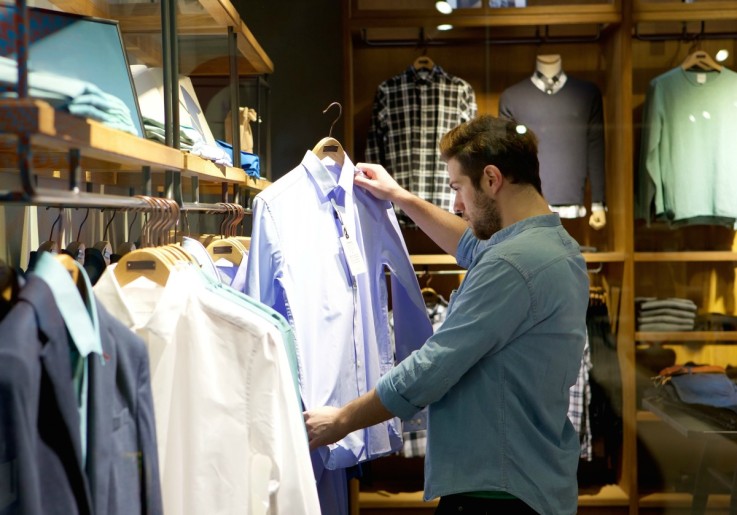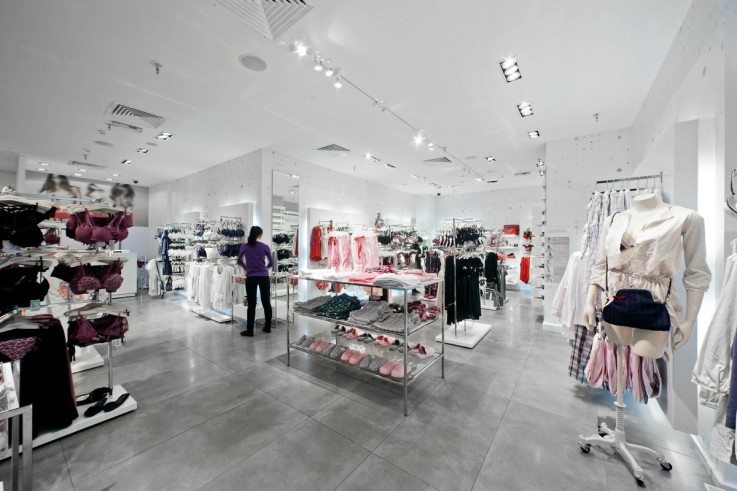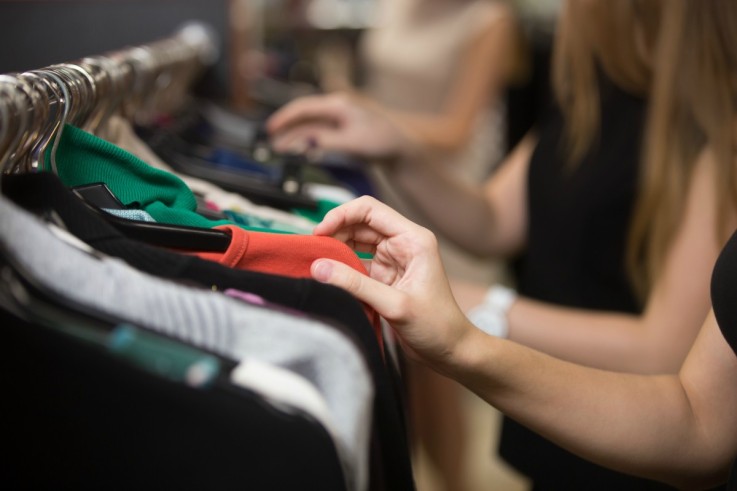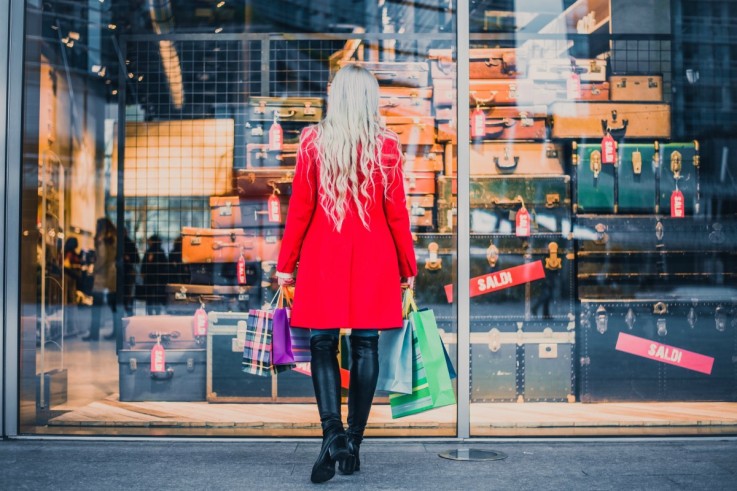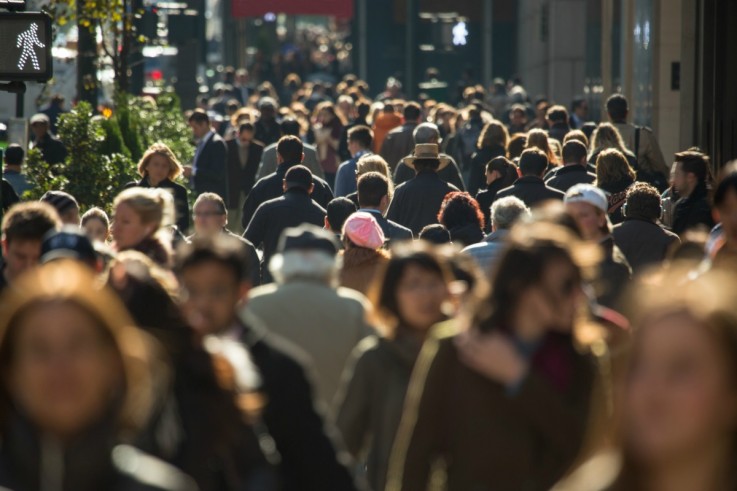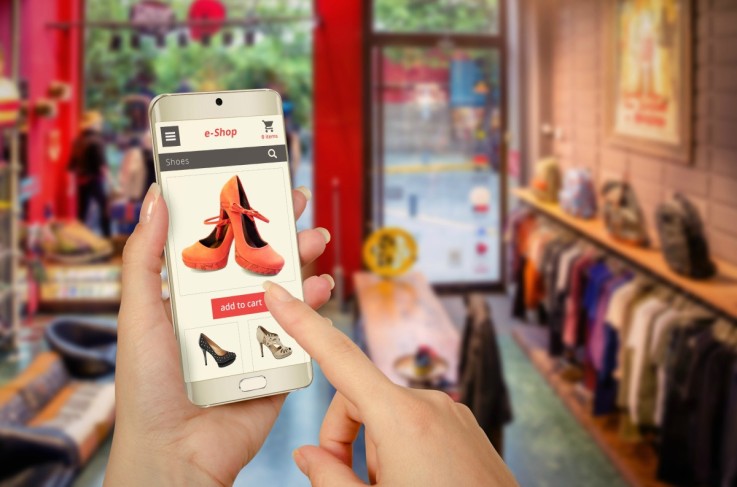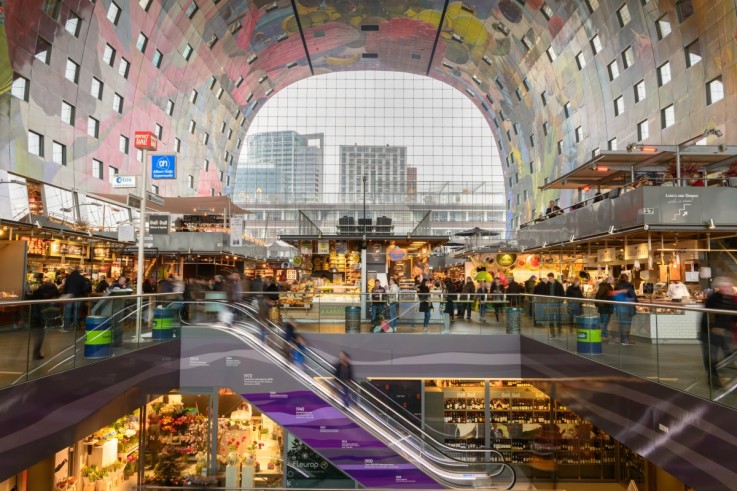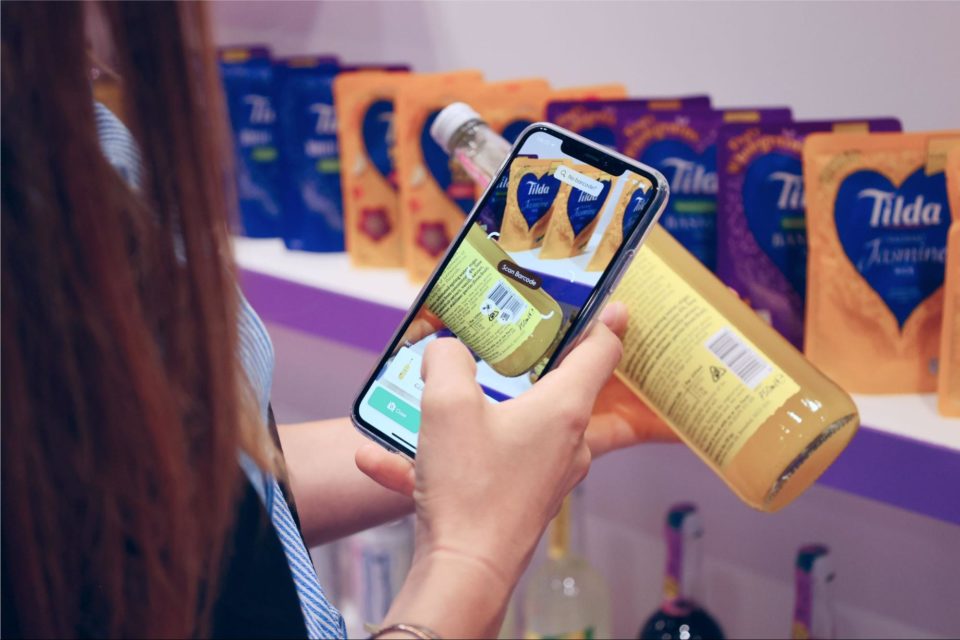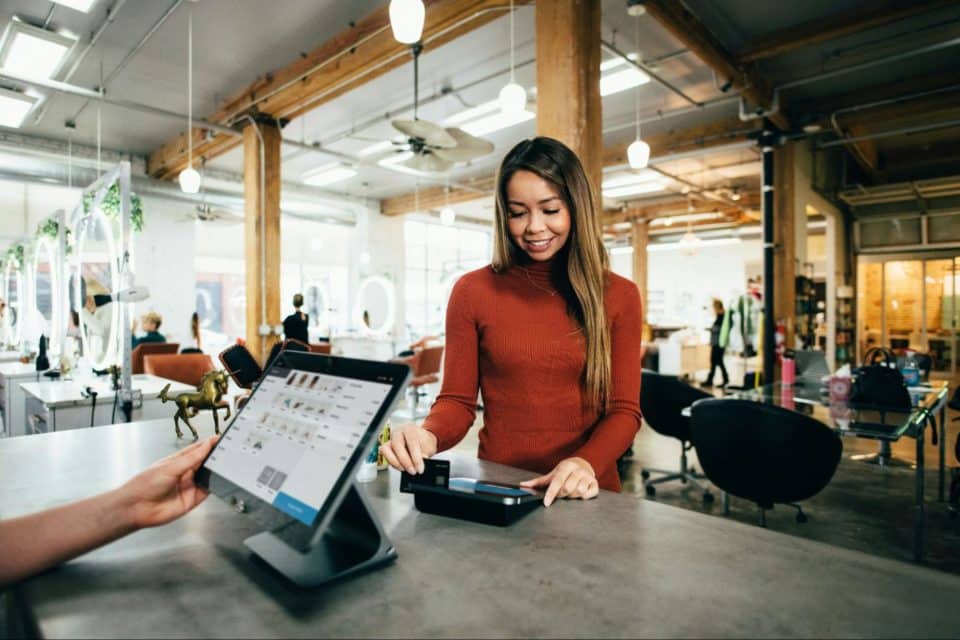Why Does Physical Space Matter in Retail?
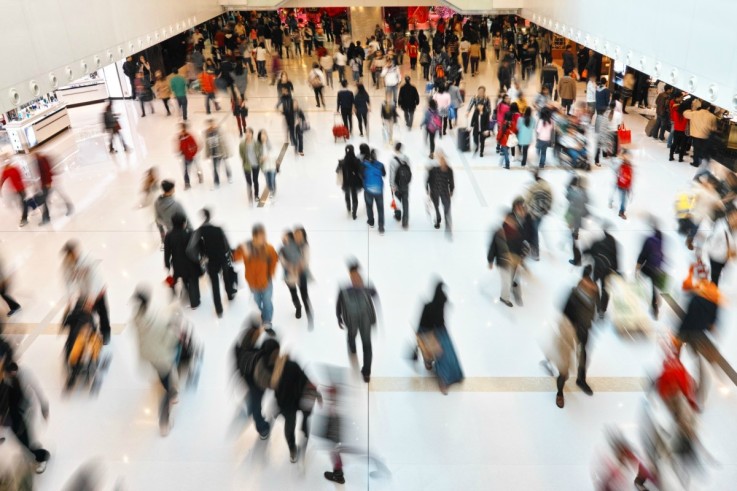
Since 2000, 75% of global retail sales growth has occurred through online channels. Sales through UK digital channels continue to grow at 10-15% a yearI while UK in-store sales increase by around 2-3% a yearII.
Yet, despite e-commerce being the fastest growing retail market ever, brands are still opening physical spaces. Online brands like Amazon, Birchbox and Warby Parker are coming offline and opening stores. Argos says its physical stores are its main weapon in the fight against Amazon.
So why are these successful online brands investing in these new stores? What are the benefits of physical spaces?
Stores are good at selling!
Even though ecommerce is where the growth is, physical retail is still where the value is. Even by 2030, the majority of transactions will still take place in stores. eMarketer predicts that ecommerce will form 19.3% of total UK retail sales by 2019III, with the Centre for Retail Research estimating this will rise to around 25% by 2025.
Stores also boost sales by preventing the delivery problems that cause hassle for today’s busy customers. 90% of ecommerce customers say that delivery is the biggest barrier to purchaseIV. Unexpected delivery costs or times are the cause of 19% of US shoppers abandoning an online purchase rather than going through with the orderV. 30 million UK customers get round these annoyances by using click and collect servicesVI. 55% of online shoppers would prefer to buy from retailers with physical stores than online-only vendorsVII, and click and collect orders now make up 45% of John Lewis’s online ordersVIII.
Even with bulky items that customers prefer to get delivered, physical space can smooth the sales process. 85% of American consumers say they like to touch and feel products before making a decisionIX. And with bigger, more expensive items, the more customers will consider their purchase, and the more important it is for them to touch, feel and ask questions of knowledgeable staff. 60% of Americans say they prefer to shop in store when spending $50 or moreX.
Spaces are great for marketing, when traditional marketing isn’t working
To understand this, we firstly need to look at how traditional marketing is losing influence.
UK customers are feeling busier than everXI, and there are more and more demands on our time. Services like Twitter and Whatsapp mean we can choose to listen to our peers more than brands, and to block out messages we feel are irrelevant.
Individual recommendations, either from people known to a customer or other individuals online, are the most trusted form of marketing. These sources of information are also showing some of the fastest increases in trust.
So how is this relevant to physical space? It’s easier for brands with physical space to engage customers in person, to create a compelling experience and clearly communicate the benefits of what they do. And by doing so, brands encourage those customers to spread the word about them in the most influential ways possible.
Physical space boosts visibility, offline and online
Increasingly, smart brands are using physical space to boost their marketing and visibility. For the price of a billboard, brands can now rent a pop-up space of a similar size in a similar area. The store has all the visibility of the billboard as well as being interactive, immersive and revenue-generating.
This visibility helps brands stay top of customers’ minds, both online and off. In fact, of the UK’s top 50 ecommerce brands, 30 have a high street presenceXII. Physical presence builds recognition and familiarity, encouraging customer to choose high street brands when they browse online.
As online selling tools get simpler and cheaper every year, the barriers to ecommerce continue to fall and competition continues to rise. 12% of the world’s 100,000 highest-traffic websites are ecommerce sites, or 10% of all sites in existenceXIII. Stores help brands stand out, as not every brand has the budget or courage to open physical stores. They can also gain media coverage by doing something interesting and different.
Services and events run in physical space helps with referral marketing. When a brand has a cafe or spa in a space, or runs special events, existing customers often invite a friend to join them, naturally introducing new customers to the brand.
Experience is the most memorable expression of a brand
Now brands use a range of online and offline channels to sell and communicate with customers, it makes sense to focus on what each channel does best, so they can collectively offer the best experience possible. Online channels are fantastic at making a huge range of products easy to browse. Once customers have made up their mind, online channels make it simple for customers to compare prices and delivery methods and to order.
Because online channels are so good at these things, offline channels can focus on what they do best – creating compelling, unforgettable brand experiences. And it’s this brand experience that truly sets a brand apart. Anyone can create a website or buy advertising space, but, as Pamela Wilson of Big Brand Experience points out, “The world’s most recognisable brands offer a feeling and an experience.” Physical space brings brands to life in ways that websites or adverts cannot rival.
Experience also influences more purchasing decisions than price. CEB estimate that 53% of customer loyalty is driven by the sales experience, whereas price-to-value ratio only drives 9%XIV.
It’s for these reasons that some brands, such as Samsung and Relentless, are opening spaces that solely focus on delivering great brand experiences – and deliberately sell no product.
Offline is great for discovery
As Stephen Godfroy, Director of Rough Trade (some of the world’s most successful record shops) says, “If you know what you want to buy, you seek it out online. If you don’t, you look in the real world.”
Physical spaces are great at introducing people to something new. Online purchases are often made when a customer has a specific product in mind and can quickly search for it. However, inspiration for projects can be hard to come by online, meaning that new or niche products can fail to get visibility. This isn’t the case offline, especially as 82% of customers buy more offline than they originally planned toXV.
Offline builds understanding for both customers and brands
In some ways, physical space can educate customers and brands more efficiently than digital channels. In a store, customers can chat to staff, asking questions about a product or service until all their questions have been clearly answered.
Physical space can also help brands understand who their customers are and how best to communicate with them. Some online-only brands have deliberately set up pop-up spaces in order to meet the walking, talking version of their customers (as opposed to reading about their target demographic in a report), and to observe how they respond to the brand’s products, and the questions they ask. Brands can then take this understanding of who they are communicating with and the most effective messages to improve communication through online and offline channels.
More control over how customers perceive you
As we’ve seen, the ability to create compelling, memorable brand experiences is one of the biggest benefits of physical space. Staffing, lighting, scent and music all play their part in creating a special experience, but these can be very hard to control in an environment run by a third party. As such, brands such as Dyson, Chanel and Bobbi Brown are increasingly going it alone and opening up more and more dedicated spaces.
Some brands, such as Lush and T2, only sell their products through their own stores. By consistently controlling every aspect of the customer experience, they can boost customer perceptions of their brands and justify the premium that they charge.
Physical space also lets brands spread their message directly, without watering it down by involving others. Conference sponsorship or trade show stands can easily cost businesses tens of thousands of pounds, yet key messages can fail to get through amongst all the other competing messages.
Dedicated store space lets potential customers give their full focus to a brand, as well as potentially generating revenue and media coverage.
A paid marketing channel
With more competition for customers’ attention and time, and more ways for customers to block advertising, brands realise that they need to offer more value in order to stand out and be heard.
In some cases, brands can offer so much value that customers will pay to get closer to a brand. Rough Trade in New York has a 250-capacity gig venue in the back of its record store. Not only does Rough Trade communicate that it is a leading record store, it makes money from the tickets it sells. Hedonism Wines in London charges for its wine tastings, boosting its bottom line twice – firstly, through the sale of the tasting, and secondly, through the long-term sales that come from that more educated, passionate customer.
An extremely effective way to create a brand community
Whereas smart brands are working to engage customers directly, the smartest brands are taking things one step further and connecting their customers with other customers. By bringing customers together around a shared passion, brands cease to be seen as hard-nosed entities that are simply trying to shift product. Instead, they start to be seen as genuinely passionate supporters of a movement.
Physical space is a fantastic tool to kick-start brand communities, as it can draw people in through advertised events, and lets people connect in person. The reach of the brand community can also be extended (and kept open 24/7) through dedicated social apps and online platforms.
By changing the focus from products to shared passions, brand communities turn customers into fans and create a much richer, more meaningful dialogue around the brand’s activities. Brand communities can bring brands to life and communicate authentic passions in ways that images and adverts never can.
More affordable and profitable than you might think
Online shopping and interactions mean that physical spaces can be smaller, and therefore cheaper, than ever.
As consumers spend more time online, smart brands are creating omnichannel retail ecosystems, making it effortless for customers to move between online and offline channels. Brands are increasingly seeing the store as one part of a multifaceted retail ecosystem, rather than the centrepiece of their retailing. And as such, brands are taking a new approach to the function and design of stores.
More brands are opening micro-retail spaces. These spaces act as small service and click and collect points, generally holding items that customers have pre-ordered, or showing samples of items that can be bought online. Because sales can be made online and stock can be held in out-of-town warehouses, these spaces can be tiny.
Brands that can engage customers both offline and online have been shown to be more profitable. Omnichannel shoppers have a 30% higher lifetime customer value than those who shop using only one channelXVI. Omnichannel retailers also encourage more natural customer loyalty – omnichannel customers are known to shop at fewer storesXVII.
So physical spaces matter – a lot!
So physical space can boost sales, not just by selling direct to customers, but by educating brands about what customers want, differentiating brands, fleshing out an omnichannel ecosystem and bringing the brand to life in strong new ways.
Physical spaces let brands connect directly, meaningfully and fully with their customers. And this creates a connection that no other communication channel can compete with.
Maya Angelou says it best: “People will forget what you said, people will forget what you did, but people will never forget how you made them feel.” Ecommerce and third party retail may be fantastically functional, but physical space lets brands create dedicated experiences that change how customers feel. That feeling can lead to much longer and more profitable relationships, and customers who will do your marketing for you.
So start to think – how could you create a compelling physical space that boosts online and offline sales?
I PWC, 2015
II Office For National Statistics, May 2016
III eMarketer, September 2015
IV MyCustomer, June 2014
V VWO Ecommerce Survey, October 2014
VI Vision Critical, June 2014
VII RetailNext, December 2014
VIII PWC, November 2015
IX TimeTrade, ‘The State of Retail 2015’, 2015
X TimeTrade, ‘The State of Retail 2015’, 2015
XI Tesco, March 2016
XII IMRG Top 50 Retailer Ranking, November 2015
XIII RJMetrics, June 2014
XIV CEB, ‘Challenger Selling’, 2011
XV TimeTrade, ‘The State of Retail 2015’, 2015
XVI IDC, November 2014
XVII PWC, ‘Achieving Total Retail’, February 2014
Find out more about the latest trends in retail by taking part in one of our London retail safaris or New York trend tours.

